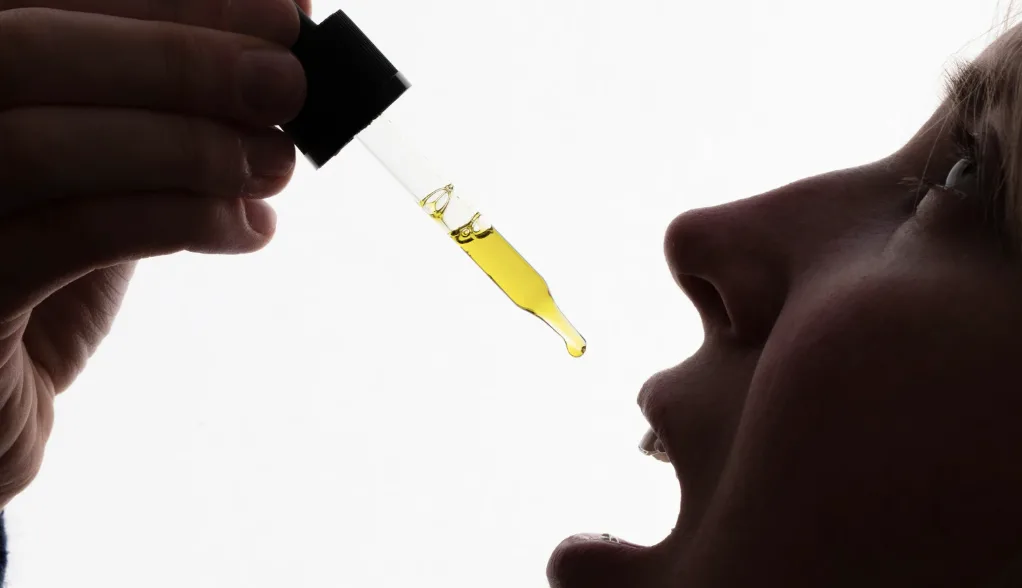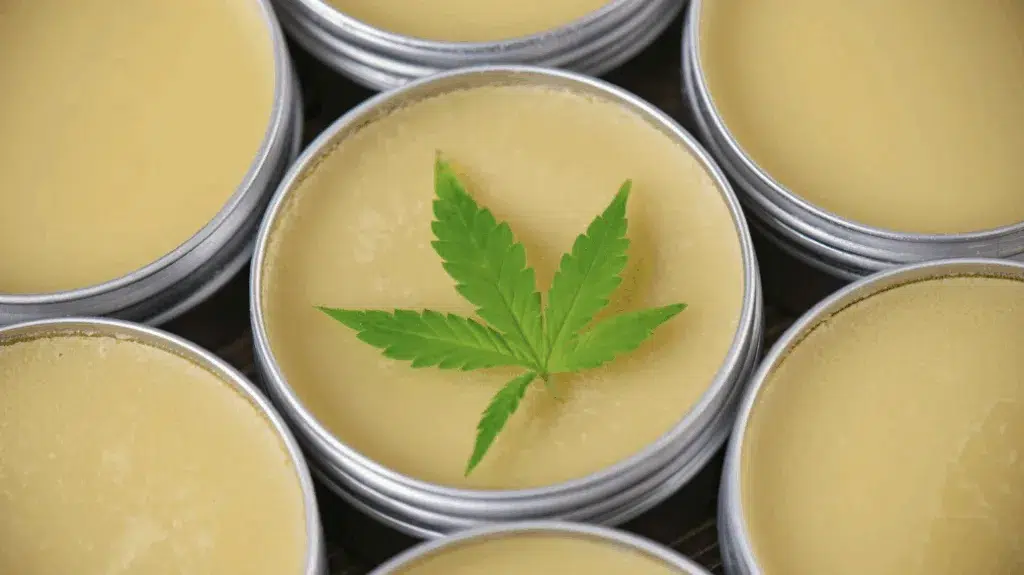If you’re considering using medical cannabis for the first time, it’s totally natural to wonder: What does it actually feel like?
As cannabis becomes more widely accepted—and with states like Georgia expanding access for medical use—more people are exploring its potential benefits. But before applying a topical, taking an edible, or trying another form, understanding how it might affect your body and mind is an important part of the process.
Feeling informed can help you feel more confident in your cannabis choices. In this guide, we’ll break down the potential physical, mental, and emotional effects of cannabis, especially for first-time users.
What Does Being High Feel Like? An Overview
The general sensation of using medical cannabis and being high can vary widely, depending on the strain, dose, and individual. In general, many patients describe it as a gentle shift in how they feel physically and mentally. You might notice a sense of relaxation in your body, a lifting of mental stress or tension, or a subtle change in your mood or mental clarity.
Some people report feeling more focused or present, while others experience a calming “floaty” feeling — again, this will depend on the type of cannabis and how your own body interacts with it.
Understanding The Compound Behind the High: THC
THC, short for tetrahydrocannabinol, is the main psychoactive compound in cannabis. This compound is responsible for that “high” euphoric feeling that comes with consuming. THC interacts with receptors in your brain and nervous system, which results in mental, emotional, and physical effects that can alter your mood, memory, or pain perception.
It’s important to remember that not all medical cannabis products produce a strong psychoactive effect or make you feel “high.” For example, topicals applied to the skin can help with inflammation or pain, but do not alter your mental state.
Many medical cannabis products are also high in CBD, or cannabidiol, a non-intoxicating compound known for its calming and therapeutic properties. CBD can ease anxiety, reduce pain, and promote a sense of balance without the euphoric effects associated with THC. Because of this, the sensation might be very mild—or even unnoticeable—especially for new users.
The key is to start slow, observe how your body responds, and find the right product and dosage that supports your specific needs.

Common Physical Effects of Cannabis
There are a few common bodily sensations that typically come with consuming cannabis:
- Tingling or heaviness in limbs
- Dry mouth, also known as “cottonmouth”
- Red or dry eyes
- Increased appetite, also referred to as “the munchies”
Potential Mental and Emotional Effects of Cannabis
Beyond the body, THC in cannabis can affect mood and perception. Here are some potential mental and emotional effects associated with cannabis use:
- Euphoria
- Giggles
- An altered sense of time
- Anxiety or paranoia, especially for new users
To mitigate feelings of anxiety or paranoia, we recommend that new users always follow the “go low and slow approach.” This means starting with a lower dose, waiting to see how you feel for at least 30 minutes, and then re-evaluating how you feel and if you need more.
You can always take more, but you can’t take less once it’s in your system. Don’t panic if you do feel “too high,” and remember that it will pass. Try to relax, take deep breaths, stay hydrated, and distract yourself with something light like calming music or a funny show.
Understanding How Different Strains Can Change Cannabis Experiences
Not all cannabis feels the same! Different strains can create very different experiences, and one of the main ways we categorize these experiences is by indica, sativa, and hybrid labels. Here’s a quick breakdown:
- Indica: relaxing and soothing, with more body-focused effects
- Sativa: energizing and cerebral, with more mind-focused effects
- Hybrid: a balanced blend of both
Beyond strain types, terpenes also play a key role in shaping how specific strains will feel. Terpenes are the compounds found in the cannabis plant that dictate how that plant will look, smell, taste, and make you feel. For example, some terpenes like linalool or myrcene may promote relaxation, while others like pinene might enhance alertness or mood.
Ultimately, understanding both the strain type and its terpene profile can help you better tailor your cannabis experience to your specific medical needs.
Understanding How Various Consumption Methods Can Change Cannabis Experiences
How you consume medical cannabis plays a major role in how quickly effects will set in, how long those effects will last, and how intense the experience feels. Understanding the differences between these methods can help you choose what works best for your specific condition and lifestyle.
For example, ingestibles like soft drops or capsules can take anywhere from 30 minutes to 2 hours to take effect, but they tend to produce a longer-lasting and often more intense experience. Sometimes these effects can linger for 6–8 hours.
In contrast, tinctures, which are taken sublingually (under the tongue), typically have a faster onset time of 15 to 45 minutes. Then there are topicals, such as lotions or balms applied directly to the skin. These are used for localized relief of pain or inflammation and don’t produce any psychoactive effects. For this reason, topicals are a great option for those who want the therapeutic benefits without feeling that “high” feeling or are just starting their cannabis journey.

Tips for First-Time Cannabis Users
While it can be overwhelming diving into the world of medical cannabis for the first time, Fine Fettle is here to help you feel comfortable and confident throughout the process. Check out these quick tips for first-time or beginner cannabis users to mitigate potentially negative effects and have a more positive overall experience with the plant:
- Always start low and go slow: Begin with a small dose, especially if using THC, and be patient for effects to kick in.
- Choose a comfortable setting: Stay in a calm, familiar environment with minimal stress.
- Stay hydrated and have snacks nearby: Cannabis can cause dry mouth and increase appetite.
- Use the buddy system: Especially for your first time, it can help to have a trusted friend or someone with more cannabis experience around to guide or reassure you.
- Avoid mixing with alcohol or other substances: Combining other substances with cannabis can intensify effects and make them unpredictable.
- Know your product: Be sure to ask your dispensary about THC/CBD content, strain type, terpenes profiles, and recommended dosage.
Find the Right Cannabis Experience for You at Fine Fettle

Medical cannabis is a natural and effective option for managing various health conditions, but you likely have a lot of questions as a beginner user. At Fine Fettle, we understand that each patient’s journey with cannabis is unique and are ready to help you make the most out of that journey. Whether it’s helping you apply for your medical card in the first place or select the strain with all the right terpenes for your needs once you have it, our team is here for you.
Visit our blog or check out our FAQs for answers to more of your questions on cannabis consumption, or come into one of our medical dispensary locations across Georgia, Connecticut, and Massachusetts. Our team members are knowledgeable, passionate, and ready to assist with personalized product picks. See you soon to start your cannabis journey!
